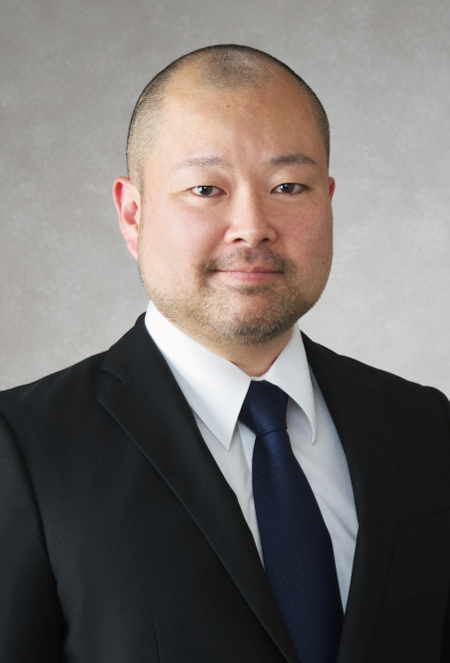 菅野敦志现为日本名樱大学国际学群上級准教授,他於2007年在日本早稻田大学取得博士学位。他的专長为台湾现代史,目前也担任日本早稻田大学台湾研究所客座研究员。主要代表性学術著作有:《台湾の国家と文化》(东京:劲草书房,2011),《台湾の语言と文字》(东京:劲草书房,2012)。他的第一本书获得亚洲经济研究所(IDE-JETRO)第33届发展途上国研究奖励奖(2012)。
菅野敦志现为日本名樱大学国际学群上級准教授,他於2007年在日本早稻田大学取得博士学位。他的专長为台湾现代史,目前也担任日本早稻田大学台湾研究所客座研究员。主要代表性学術著作有:《台湾の国家と文化》(东京:劲草书房,2011),《台湾の语言と文字》(东京:劲草书房,2012)。他的第一本书获得亚洲经济研究所(IDE-JETRO)第33届发展途上国研究奖励奖(2012)。Full Text
簡体字 / 正體字 / English摘要:
本文的目的是将“改造”丶“中央化”两个关键词来分析1950年代台湾的中国化。为了检讨1950年代台湾的“中国化”,本文以五个事例(①文化改造运动丶②乡土教育丶③鲁迅批判运动丶④《国民导报》计划丶⑤两个“文协”)来试图描写当时台湾的“中国化”与去殖民化的一面。
总而言之,“改造”带给“中国化”的影响是排除共产思想,批判鲁迅,还有清除日本时代的历史意识和日语日文等等,并不是否定台湾本身的存在意义,反倒是在试图以排除日本的影响来强力推行去殖民化过程;但是,在政府无法实现反攻大陆的情况下,台湾已经不应该代表台湾本身而应该代表全中国,“中央化”下“中国化”的进展,使得台湾的文化组织与台籍文化人失去了原有的中心地位。这正是异於光复初期,1950年代初期台湾“中国化”问题所具有的时代性。
摘要:
本文的目的是將「改造」、「中央化」兩個關鍵詞來分析1950年代台灣的中國化。為了檢討1950年代台灣的「中國化」,本文以五個事例(①文化改造運動、②鄉土教育、③魯迅批判運動、④《國民導報》計劃、⑤兩個「文協」)來試圖描寫當時台灣的「中國化」與去殖民化的一面。
總而言之,「改造」帶給「中國化」的影響是排除共產思想,批判魯迅,還有清除日本時代的歷史意識和日語日文等等,並不是否定台灣本身的存在意義,反倒是在試圖以排除日本的影響來強力推行去殖民化過程;但是,在政府無法實現反攻大陸的情況下,台灣已經不應該代表台灣本身而應該代表全中國,「中央化」下「中國化」的進展,使得台灣的文化組織與台籍文化人失去了原有的中心地位。這正是異於光復初期,1950年代初期台灣「中國化」問題所具有的時代性。
Abstract:
This paper is aimed at analyzing the Sinicization of Taiwan during the 1950s by focusing on two keywords, reorganization and centralization. This paper discusses five specific examples -- 1. the Cultural Reorganization Movement, 2. local education, 3. the Anti-Luxun Movement, 4. the“National Herald” Plan, and 5. the Two Literature Associations -- to reveal some aspects of Sinicization and decolonization of that time.
The influences of Reorganization on Sinicization were the exclusion of Communist thoughts, a thorough criticism of Luxun, and the elimination of historical memory of Japanese colonial era and Japanese language. Obviously, these were aimed at accelerating the decolonization process, not aimed at denying or devaluing the actual presence of Taiwan itself. However, on the other hand, the problem was Sinicization under Centralization. Because the KMT government was unable to strike back against mainland China, the unresolved political situation made it impossible for Taiwan to represent itself as Taiwan, but required it to represent China as a whole in the process of Sinicization under Centralization. Cultural authenticity was in the hands of mainland elites as Taiwanese elites became increasingly marginalized, facing difficulties and being unable to take central role and positions anymore, which they once had. Indeed, this marginalization of Taiwan could be identified as the most problematic of Sinicization during 1950s Taiwan, which was the significant difference when compared to the early postwar period of 1945 to 1949.